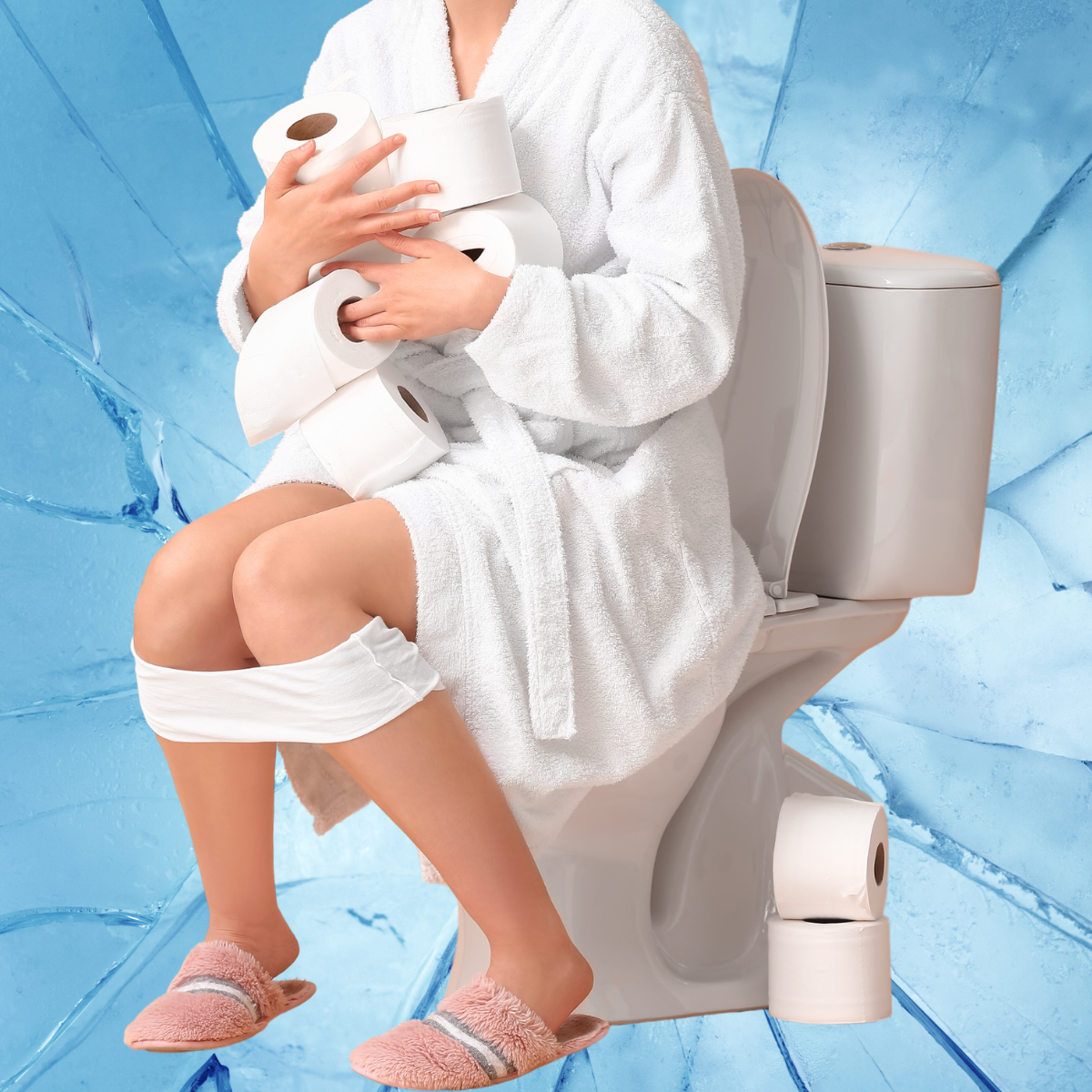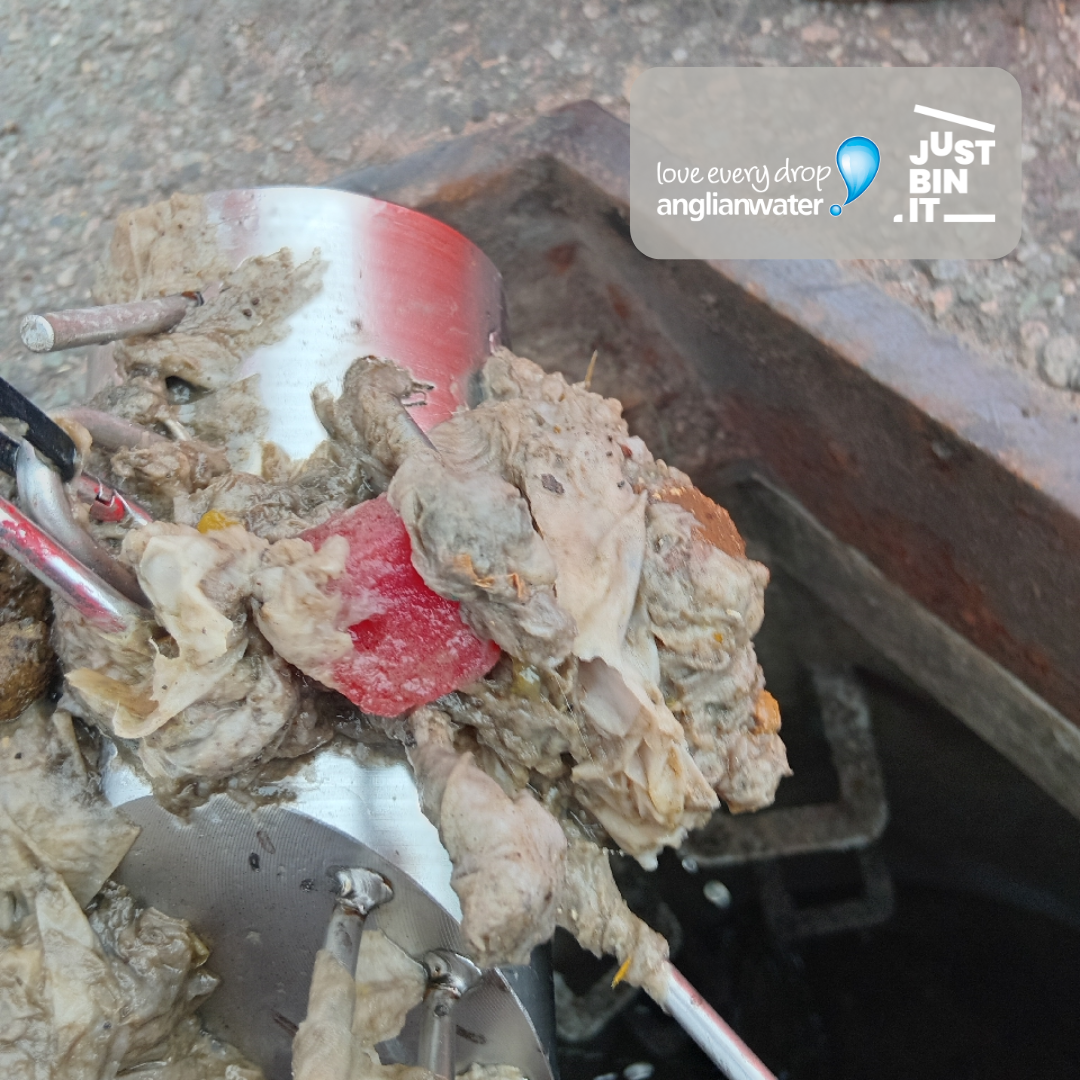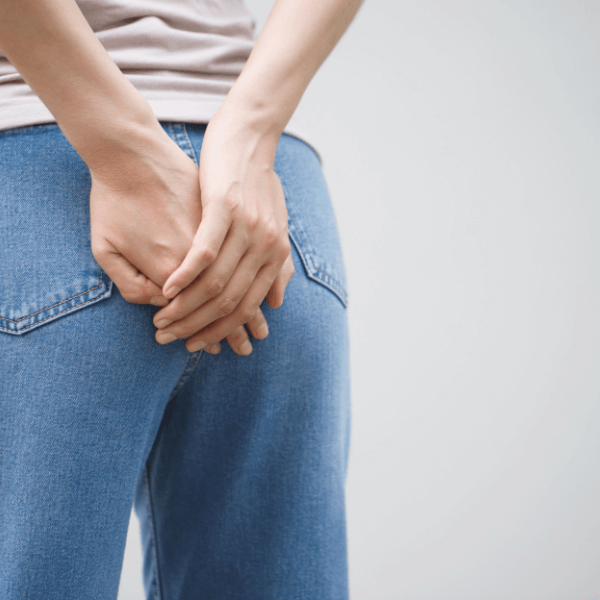Gone Fishing: Anal Fissure Symptoms, Causes and Treatment

Gone Fishing: Anal Fissure Symptoms, Causes and Treatment
The backside burn of a fissure can have you feeling like you’ve ripped a hole in the fabric of space and time. Space and time. Yeah, that’s definitely something you’re going to need after encountering one of these tears on the delicate skin of your chocolate starfish!
1 in 10 people will experience a fissure in their life, yet a lack of understanding or a bounty of embarrassment can prevent us from getting the help we need when facing these rectal rips. This means we can end up suffering from soreness, itchiness, bleeding and major discomfort. If we don’t tackle these issues bottom on, we could be manifesting a life of worsened butt health conditions and a lower quality of life. This stuff is super important to know.
So, grab a seat if you can weather it, a comfy cushion might help too, and let's get to the bottom of the mystery of anal fissures together.
Demystifying Anal Fissures
What Exactly Is a Fissure?
A fissure, often referred to as an anal fissure, is a small crack or tear in the skin around the opening of your backside. Think of it like a paper cut in an unholy place. These tears can be superficial or extend deeper into the underlying muscle, known as the internal anal sphincter. Ouch!
Normally, a fissure is less than a centimetre long, but don't let that small number fool you; these small slits can pack a punch and make visits to the throne fit for a sting. Fissures are common, and while they may sound a bit intimidating, they're usually not cause for major concern. Spotting them early can help keep your tush in tip-top shape
Anal Fissure: Not as Rare as You Think
Believe it or not, fissures really aren’t that rare! You probably know someone who’s silently suffering from one as we speak. It’s nothing to be embarrassed about though! The fact that so many people experience them means that medical professionals are used to seeing them daily, so there’s nothing to be ashamed of when it comes to a tear in the derriere!
The Bottom Line on Causes
The Usual Suspects of Fissure Formation
When it comes to the formation of an anal fissure, the culprits aren’t usually that mysterious. One of the top offenders is constipation. When you're straining to pass a large or hard stool, it increases the risk of tearing. Similarly, bouts of diarrhoea can also irritate the anal lining and set the stage for fissures.
Childbirth is another common cause, as the process can stretch and strain the area beyond all prior beliefs. Beyond these, other factors include inflammatory bowel disease, which can cause inflammation in the area, and activities that put pressure on the pelvis, like heavy lifting. Knowing these causes can help you take steps to prevent fissures from crashing your party downstairs.
Less Talked About: Uncommon Causes
Certain medical conditions that affect blood flow to the anus, such as Crohn's disease or even HIV, can contribute to the likelihood of developing a fissure. Medications that tighten or dry out the anal mucosa can also play a role. And let's not forget the impact of a sedentary lifestyle – too much sitting around at your desk all day or at home can increase pressure on the anal region.
Lastly, for those who engage in receptive anal play, the physical stress can sometimes lead to fissures. Being aware of these less common causes can help you to better understand and manage your risk. After all, knowledge is poo-wer, especially when it comes to your backside.
Spotting the Signs
How to Know If You Have a Fissure
If you don’t want to bend yourself into a pretzel to look at your peachy perineum, only for your partner to walk in on the act, here are a few telltale signs. First up is pain during and following your trip to the porcelain throne – a sharp sensation that might make you think twice about your next trip to the toilet.
Then there's the bleeding – you might notice a bit of red on the toilet paper, which is never a welcome sight. Less commonly, you might feel an itchy or burning sensation down there, which can really cra(m)p your style. If you're experiencing any of these symptoms, it's a good idea to chat with a medical professional. They can give you the lowdown and confirm whether or not a fissure is the uninvited guest at your backdoor bash. Remember, when it comes to health, especially down there, it's better to be safe than sorry.
Listening to Your Body's Red Flags
Paying attention to your body's signals is key when it comes to spotting an anal fissure. If you're finding that sitting down feels like you're on a cactus, or if going to the bathroom is more terrifying than dinner with the in-laws, these are red flags not to be ignored.
Other signs that your body is waving the red flag include a lingering soreness or a sensation of having a small foreign body stuck where the sun doesn't shine. Swelling in the area can also occur, making you feel like you're sitting on a small balloon. If these symptoms are making an unsolicited cameo in your daily life, don't just chalk it up to bad luck. Reach out for support and show that tear who’s boss!
Steering Clear of the Crack
How to prevent a fissure
First off, fibre is your friend, 30g a day to be exact. Load up on fruits, veggies, nuts, pulses and whole grains to keep things moving smoothly, as if your intestines were a well-oiled machine. Staying hydrated is another key step; think of water as a natural lubricant for your digestive tract, drink 6-8 glasses a day. Regular exercise also keeps the blood flowing and reduces the pressure on your pelvic floor, so your bottom stays less stressed.
If you're already in the pain zone, gentle cleaning is a must. Skip the dry toilet paper that feels like sandpaper and opt for a gentle, soothing toilet paper gel. And lastly, give your tush a break from time to time – sitting all day is no party for your posterior. These simple habits can mean the difference between a happy hiney and a fissure fiasco.
Lifestyle Tweaks to Keep Fissures at Bay
Sometimes, it's the small changes that can make the biggest difference in preventing anal fissures. Let's talk lifestyle tweaks.
First, think about your throne time – don't treat it like you do your sofa once strictly comes on. 5-10 minutes is more than enough, 15 minutes MAX to prevent fissures or other bottom conditions. Keep it quick and pressure-free, if nothing's coming, try again later when your body is ready.
Next, consider your bathroom habits. Are you a bit of a bear when it comes to wiping? Try to be as gentle as a butterfly instead. Rough wiping can irritate the area and set you up for trouble. Cleaning up should be gentle yet effective, a light hand is key.
Lastly, manage stress – it tightens everything, including the muscles around your back door, making them more prone to tears. Easier said than done, but identifying the cause of stress and doing your best to handle it will help keep your bottom in the clear of cuts.
Handling the Hassle: Fissure Treatment
First Aid for Your Back End
When an anal fissure has made its grand entrance, don't panic – there's a first aid kit for your back end. The first line of defence is to soften your stools; think Anything Goes, not The Rocky Horror Picture Show. Over-the-counter stool softeners can be your ally here. Next, warm baths – or sitz baths – can be wonderfully soothing. Want to try something more natural? Read up on home stool softeners here!
Pain relief is also at the top of the list. Topical anesthetics can numb the discomfort, making everything a bit more bearable. And remember, keep the area clean and dry, but be as gentle as possible without compromising the level of cleanliness you're trying to achieve.
If these home remedies don't ease the fissure, fissure treatment may include medications to relax the sphincter muscles or, in persistent cases, surgery. But let's not jump the gun; start with the basics and give your tush the tender loving care it deserves.
When to Seek Professional Butt Support
Knowing when to wave the white flag and seek professional help is key in the battle against anal fissures. If you've been following all the home remedies but your back end is still staging a rectal rebellion, it's time to call in the cavalry. This means if you're seeing no improvement after a few weeks, or if the pain is becoming unbearable.
Blood in your stool is another sign that it's time to get help. It's not just about the pain; it's about making sure nothing more serious is at play. Also, recurring fissures that come back more often than a bad sitcom should be checked out.
Your health professional will be able to examine the area and make sure you both know what’s what. They might even use a gloved hand to check just the inside of the anus. But that’s no different than any other day for them, so it should be a walk in the park.
Reeling in, wrapping up!
Hopefully now you have a better understanding of what fissures are, how to tell if you have one and how to treat a fissure if you find yourself awkwardly standing in the same room as one.
If you take one thing away from this article, it’s to feel empowered to take control of your bottom care journey. When it comes to our health, nothing should have to be so embarrassing that we end up not getting the support that we need. If you think that you might be suffering from fissures, or any bottom health issue for that matter, reach out to those around you so that you can prevent any further issues from developing and negatively impacting your quality of life.
If you find yourself feeling a little raw and sore with fissures below the waist, why not try Wype’s soothing and calming toilet paper gel to get your bottom into tiptop shape once more?



Firstly want to commend your products and articles. I’ve a condition that I didn’t even know was a thing until I googled my symptoms 9 years ago. We’ve all heard about prolapse of the womb if we’ve had kids but I had a hysterectomy and I have something called a vaginal vault prolapse which has resulted in a rectocele which means there are gaps and a disconnect between bowel and rectum. It causes incomplete emptying and difficulty evacuating poorly formed poo, requires digitation (look it up!!) urgency and leaking. The go-to surgery has a history of lawsuits due to scarring and the cure can be worse than the condition therefore. Impossible to follow the excellent advice of no more than 15 mins on the loo and no straining. Incomplete emptying causes irritation, piles, anal fissures. Toileting has become a blooming nightmare as is leaving the house. Discovering Wype gel and handbag size is a life changer. Thank you for all you do.
I had ovarian cysts that had twisted my small bowl and resulted in an anal fissure, it is VERY painful. I used wype for the first time yesterday and it so soft, fresh and better than anything else I have used. I plan to tell my GP about it. I would love to work with the Wype team…. Thank you
It makes me so happy to read these blogs and to know that folk have access to such information without it being in anyway ‘taboo’!
Having been blighted in my 20s with constipation which resulted in quite bad anal tears my GP took the time to explain the problem to me in order that I could help myself….i wouldn’t have dreamed of discussing such things with anyone else. I’m now in my 60s and suffer with IBS (mostly diarrhoea) 🤷🏻♀️ so find your products indispensable.
It’s so important everyone knows about their bowel habits 😀
Thanks for this very helpful article. I suffered a fissure a number of years ago and it felt like all the fires of hell when I went to the loo. All ok now
I had anal fissures after giving birth to my first (large-headed) son 39 years ago. My pain was dismissed by my GP as ‘piles’ – he never looked – so for months that was what I was treated for. Eventually a locum GP took a look, sent me to hospital. I had to have 2 sphincter stretches under General Anaesthetic 3 months apart, before the problem was eventually solved. Take the advice given here and keep at it until it’s sorted!
A Ready interesting read. Thank you. And you delivered it perfectly- informative but light hearted !
PS I love your product its really eased an embarrassing problem.
Thanks, this was super helpful.
My goodness – your copywriter is a genius!! So brilliantly explained. A friend recommended your products and I am now using them myself. They are amazing and really work! I noticed an improvement straight away and I can’t begin to tell you what a difference this has made. Thank you.
I have piles which although have been treated, I still need to be careful of flare ups. I’m grateful for open messages about looking after your butt area and using Wype rather than wipes. Wype is much slippery-er which is kinder to a sore area.
Getting used to using wype and it’s much easier to carry the small bottle than a pack of crackly wipes.
J🦋